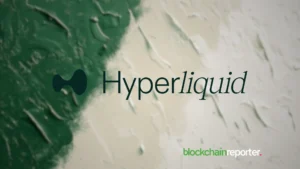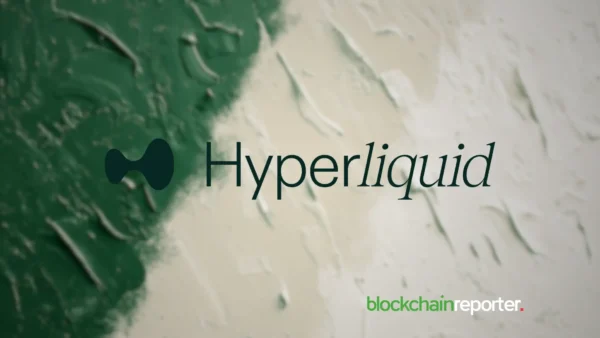
Goshen Network, a leading blockchain platform, has made waves in the crypto community with the introduction of its revolutionary Bitcoin EVM layer. This breakthrough technology allows developers to leverage the Ethereum Virtual Machine (EVM) and build decentralized applications (dApps) directly on the Bitcoin network. The integration of the EVM into Bitcoin marks a significant milestone in the evolution of blockchain technology, unlocking new possibilities for innovation and interoperability.
Bitcoin, the pioneering blockchain known for its role in monetary transactions and value storage, has traditionally lagged behind Ethereum in terms of supporting dApps and smart contracts. However, Goshen’s Bitcoin EVM layer aims to change that by extending the capabilities of Bitcoin beyond its original purpose.
Offering a Multitude of Benefits
One of the key advantages of Goshen’s Bitcoin EVM layer is its compatibility with Ethereum. Developers can leverage their existing Ethereum-based tools, knowledge base, and programming languages, such as Solidity, to seamlessly build and deploy dApps on the Bitcoin network. This compatibility reduces the learning curve and enables developers to tap into Bitcoin’s security and scalability while utilizing the familiar Ethereum ecosystem.
The Bitcoin EVM layer offers a wide array of development tools and features, providing developers with a robust platform to scale their ideas. It supports all the popular APIs and Integrated Development Environments (IDEs) available on Ethereum, making the transition to Bitcoin EVM a smooth process for developers familiar with Ethereum development. This compatibility fosters innovation and encourages developers to explore new possibilities by leveraging the combined strengths of Bitcoin and Ethereum.
One of the standout features of Goshen’s Bitcoin EVM layer is its reliability and scalability. Built as an open-source, programmable platform, it caters to the needs of both decentralized applications and enterprise-level applications. This makes it an ideal choice for deploying and running dApps, providing a secure and efficient environment for developers and users alike.
The Bitcoin EVM layer also simplifies the process of contract function calls. Unlike traditional Bitcoin smart contracts, which require contract verification before function calls, Goshen’s Bitcoin EVM layer eliminates this step. Developers can directly call contract functions without the need for additional verification, reducing the development time and resources required for contract deployment and interaction.
To support developers deploying on the Bitcoin EVM layer, Goshen provides an officially supported block explorer. This feature allows developers to index and access blockchain data for debugging and analysis, providing valuable insights for their dApps.
Bringing a Plethora of Opportunities
The introduction of Goshen’s Bitcoin EVM layer brings forth a host of potential implications and opportunities. One significant outcome could be the rise of cross-chain dApps that operate seamlessly on both Bitcoin and Ethereum, leveraging the specific advantages of each network. This would lead to a more interconnected blockchain ecosystem, enabling users to access a wider range of applications and services.
Moreover, Goshen’s Bitcoin EVM layer opens up possibilities for the creation of hybrid financial instruments. By using Bitcoin as a store of value and implementing complex financial logic through smart contracts, similar to Ethereum’s DeFi applications, developers can unlock new avenues for innovation in the decentralized finance space.
Scalability solutions are another area that could be positively impacted by Goshen’s Bitcoin EVM layer. While Bitcoin has faced challenges in scaling due to its longer block time, developers may come up with innovative Layer-2 scaling solutions that leverage the Bitcoin EVM layer’s capabilities. These solutions could facilitate faster and more efficient off-chain transactions or computations, addressing the scalability concerns associated with building on Bitcoin.
The integration of Goshen’s Bitcoin EVM layer also has implications for interoperability standards. As developers create dApps compatible with both Bitcoin and Ethereum, the need for standardized cross-chain communication and asset transfers becomes apparent. This development could drive the establishment of interoperability standards, enhancing the overall blockchain ecosystem’s efficiency and connectivity.
However, it is important to acknowledge the challenges and limitations associated with Goshen’s Bitcoin EVM layer. As with any early-stage technology, there may be potential performance issues or unforeseen vulnerabilities that need to be addressed over time. Additionally, regulatory uncertainties and market acceptance may pose challenges for widespread adoption. A cautious approach, thorough testing, and continuous development will be crucial for the success of the Bitcoin EVM layer.
Overall, Goshen Network’s Bitcoin EVM layer represents a significant step forward in the integration of Bitcoin and Ethereum technologies. By enabling the deployment of dApps and smart contracts on the Bitcoin network, Goshen unlocks new possibilities for developers, users, and the broader blockchain ecosystem. As this innovative technology matures, it has the potential to reshape the landscape of decentralized applications, cross-chain compatibility, and scalability solutions, ultimately driving the mainstream adoption of blockchain technology.









